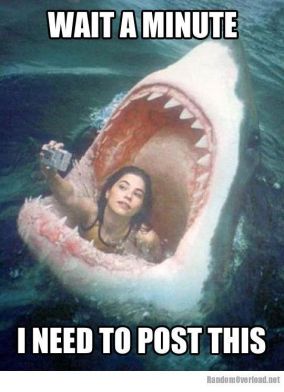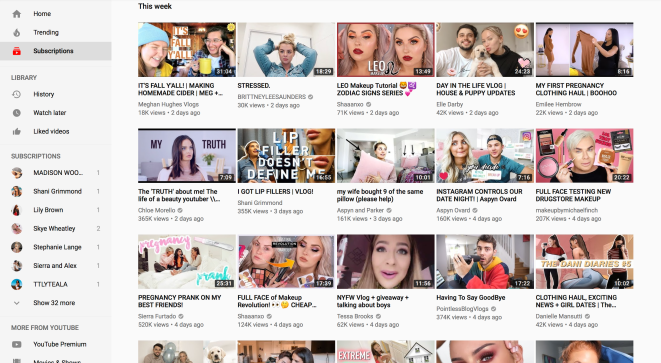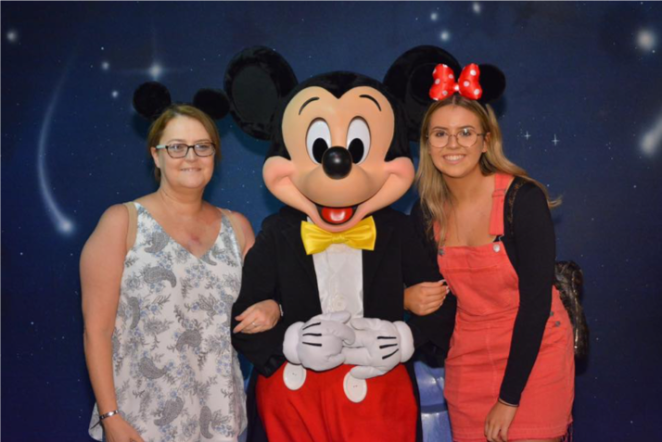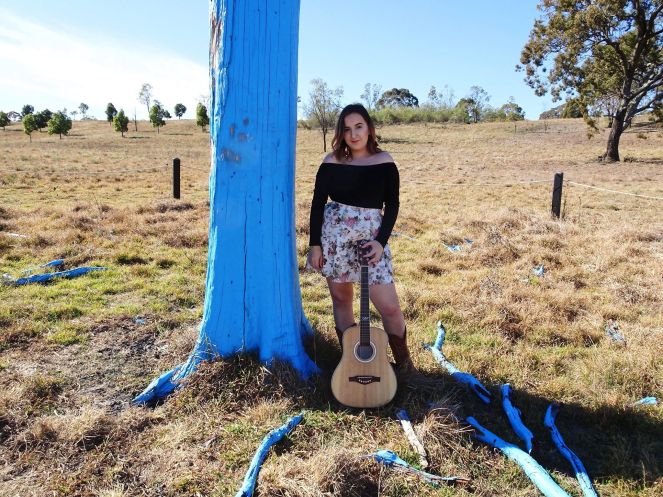Selfie culture has become a global phenomenon and its manifestation has shifted from the mainstream ‘duck face’ image, to a more peculiar, unique, extreme and even hazardous means of self-expression, via social media.
Self-portraits, taken on iPhone or android and uploaded to various social media platforms, have become so prominent that it has become a quest to go above and beyond to get the most popular image, in order to conjugate ‘likes’ of an obscene amount.
On Saturday 9th March 2019, a woman was attacked by a jaguar, after she crossed a barrier to take a selfie with the animal at a United States zoo.
The woman was visiting the Wildlife World Zoo, Aquarium and Safari Park in Phoenix, Arizona when she climbed over the barrier to get closer to the animal. The Jaguar swiped at her arm causing deep gashes and sending the woman to hospital.
This not the first in a string of stories involving wildlife and selfies. It seems, this risky behaviour is driven by the, now standard, need to feel validated on Instagram, Facebook and Twitter by the number of likes an innately dangerous selfie receives. The more risk involved in taking the selfie, the more appreciation the image will be shown by the strangers we share our lives with on the internet.

Socially, this idea of achieving a stand out selfie is accepted and encouraged, but morally and ethically, there is much to be considered and perhaps discouraged. Thus, I believe further research into this notion is required.
I have formulated a research question, which will address these issues and provide insight into the processes behind selfies that risk the lives of their subjects. The question “Why do people continue to risk their lives for the ultimate animal selfies, despite such risks being well known and discouraged?” will guide my research and hopefully provide myself and others with an understanding of why risk-taking behaviour, in the form of selfies, is so appealing to so many.
Not only do these sorts of selfies put the photographer at risk, they also impact on the wellbeing of the wildlife involved. In some cases, animals have been killed for no reason other than to capture an impressive image to share online.
In 2016, a shark died after it was pulled from the water and handed around as a prop for selfies in the Dominican Republic, while in 2017, a baby dolphin was met with the same fate after being the subject of tourist selfies on a beach in Spain. “We need to stop the demand for elephant rides and shows, hugs and selfies with tigers and lions by exposing the hidden suffering behind wildlife attractions.” (Tom P. Moorhouse)
Some wildlife tour operators exploit wildlife for profit in ways that lead to great cruelty and suffering. One of the biggest culprits is the growing popularity of wildlife selfies where tourists, with the help of tour operators, capture and share images of themselves with wild animals – exploiting them as photo props. (World Animal Protection)
With so many animals being harmed in the process of taking these selfies, it’s no surprise that people are also dying, as a result of putting their lives at risk to achieve the ultimate wildlife selfie. The unpredictability of wild animals enhances the risks associated when taking photos of or with such animals. Passion, interest and a curiosity for wild animals mixed with a lack of daily connection with them makes for a potentially fatal combination.
In 2016, a Chinese man was killed when he tried to take a selfie with a walrus who ultimately drowned him, along with the zookeeper who tried to save him, at Chinas Yeshanko Wildlife Zoo.
Margo DeMello, program director for human-animal studies at the Animals and Society Institute, says that people are drawn to what is left of wilderness, as they consider domesticated animals to be not as exciting as wild animals due to being so common. This apparent desensitisation to the dangers of wild animals has increased the number of animal selfies being shared on the internet, so much so, that image sharing application, Instagram, has taken a stand against the dangerous behaviour, blocking users from searching hashtags related to wild animal selfies.
Such hazardous behaviour has definitely been inspired by the prolific growth of social media and networking with the desire for likes clicks and clouding our judgement when it comes to safe selfie practises. In an age of self-promotion via social media, we as users feel the need to go over the top in order to document something others would consider new and perhaps thrill seeking, and through this research project I would like to find out why.
Academic References
- Moorhouse, T., Dahlsjö, C., Baker, S., D’Cruze, N. and Macdonald, D. (2015). The Customer Isn’t Always Right—Conservation and Animal Welfare Implications of the Increasing Demand for Wildlife Tourism. PLOS ONE, 10(10), p.e0138939
- Social media giant takes action on wildlife ‘selfies’. (2017). Veterinary Record, 181(25), pp.672-673.




























